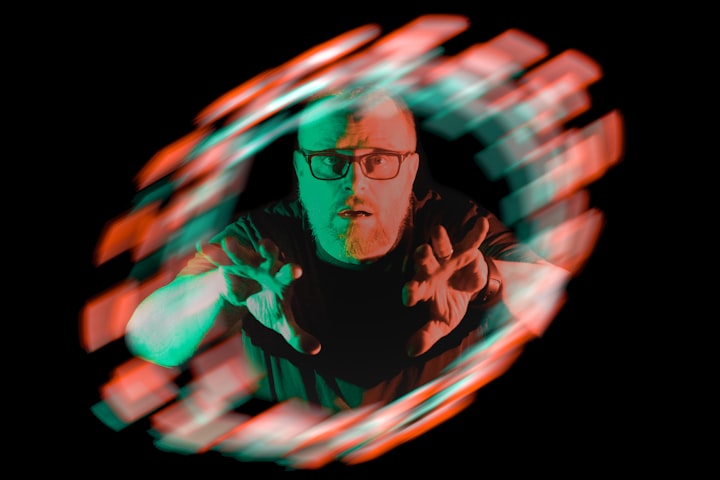
In the 20th Century Fox film The Fly, a man prepares to teleport.
Teleportation does, in fact, already exist. Einstein and possibly two of his colleagues, Podolsky and Rosen, proposed it in a 1935 paper.
It was later demonstrated in experiments done in the 1990s. We've known for decades that it's possible to teleport atoms from one place to each other at the quantum level.
There are no physical laws that prevent humans and objects from the technique in a surreal cloud of atoms in one place and rematerializing in a faraway location, such as the snazzy ice fields of the Ice cap and among the pollen dusted floral of the European landscape.
We are not prohibited by nature from travelling to another location in space in a short period of time.
In reality, religion, not science, is one of the most fundamental problems with teleportation.
Would you happily die a thousand times over to see a remote corner of the globe?
Would you be okay if your loved ones' original bodies were destroyed and replaced with an indistinguishable clone on the other end?
The idea of teleportation makes us think about who we are and what makes us tick. Some of us feel that the structure of our brain is intertwined with our personalities, memories, and complete identities.
As long as we have an exact clone of the brain, we will have that same individual among us.
As long as we have a flawless clone of the brain, we have that same individual in our midst. Some of us, on the other hand, believe that humanity has an intangible quality.
A person's soul cannot be duplicated, hence we can't reproduce them. The person's spirit is an ethereal, ghostly mist that exists within us and is not constrained by our atoms or physical body.
So, which of the following claims is true? If a replica of you has the same chemistry as you, is it still you? Is a copy of you just a person with your face but no soul?
The Teleportation Mechanism
At first, quantum physics principles looked to render teleportation impossible.
To precisely reproduce a person's atoms, we'd need to know their exact location and energy.
According to the Heisenberg uncertainty principle, this is impossible. Knowing a particle's position and energy is challenging, making a perfect clone of the original person unattainable.
There is, however, a technique to circumvent this law.
In quantum teleportation, particle entanglement is used. Particles that become entangled establish a special relationship.
Regardless of how far away they are, they continue to impact one another. When one particle in an entangled pair changes, the other particle in the pair changes as well.
To put it another way, their wave functions are in sync. Einstein, Podolsky, and Rosen published a paper in 1935 on this topic.
Experiments from 1993 confirmed this. Researchers were able to transfer the information of one particle to that of another using three separate particles and the phenomenon of entanglement, essentially creating a perfect copy of the original particle.
The original particle is destroyed by this method (usually a photon). This type of teleportation transports information rather than matter over long distances.
A particle's data is pasted onto another particle, which serves as the canvas. Your original self will be erased if you use this quantum technology to teleport.
Only your data will travel through space and reassemble itself as you. Or, at the very least, as someone with your face and mannerisms.
Next, we will talk in another article that there is a scientific reason. So there is trouble in being teleported. In which a given life can be at stake.
In the future, there may be some advanced technology that will make this possible, Elon Musk may work on this thing.






Comments
There are no comments for this story
Be the first to respond and start the conversation.